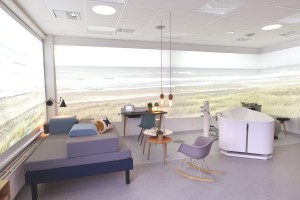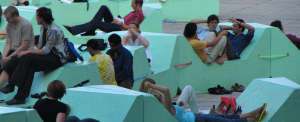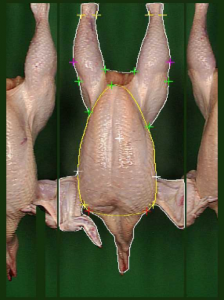Esben Bala Skouboe
MODOS
 Date: Wednesday 8 June 2016
Date: Wednesday 8 June 2016
Time: 12.45 – 14.00
Place: Rendsburggade 14, 4.411
Abstract
Esben will introduce the ideas and concepts behind the MODOS control solution. The MODOS solution is a room control solution for spaces with special needs. It connects and controls all room hardware combined with a cloud service which makes the system easy to update and service remotely. In MODOS we work close together with musicians and photographers in order to give our customers the best possible content. We respect digital art and celebrate content as we believe that no system is better than its content. In the presentation he will talk from different scientific perspectives following the axiom: “Design has now scale”. The presentation will take a practical point of departure in the MODOS Birth Room and discuss the solution from architectural, industrial and technological domains.
Bio
Esben Bala Skouboe is an educated civil engineer in Architecture & Design from Aalborg University, Denmark. Esben has investigated a broad range of theoretical, conceptual as well as practical tools; such as sensor technology, architectural lighting, architectural soundscape, complex geometries and the process of realizing non-standard architectural forms, exemplified in the winning proposal for the pavilion project: Nora, displayed at the 10th Architectural Biennale in Venice 2006. Esben has been founder and leader of the studio Electrotexture Lab. since 2007, presenting experimental art and architectural work such a; Acoustic Pavilion, Red Pavilion, Danzer Light, and the project series Perceptual Ecologeis, all projects realized together with a network of artists, musicians, researchers, programmers and architects. Esbens work has been published at international conferences, in magazines and in book chapters he has developed formal international research collaborations with Jane Burry from SIAL/RMIT in Melbourne, where his conducted part of the Phd. Studies. Esben has consulted architectural offices in performative urban strategies, interior design and responsive architectural lighting design. As clients is Gemmo, Philipe Beesley Architects, Adept, 3XN, Architect Nord, Utzon Center etc. The office has received funds and rewards from Akademiske Arkitekter, Det Obelske Familie fond, Statens kunstråd (The national council of Art) & The Partness Foundation. In 2015 Esben designed the Future Delivery room in Herning and today he lead the development in MODOS, see more on www.modos.dk.






